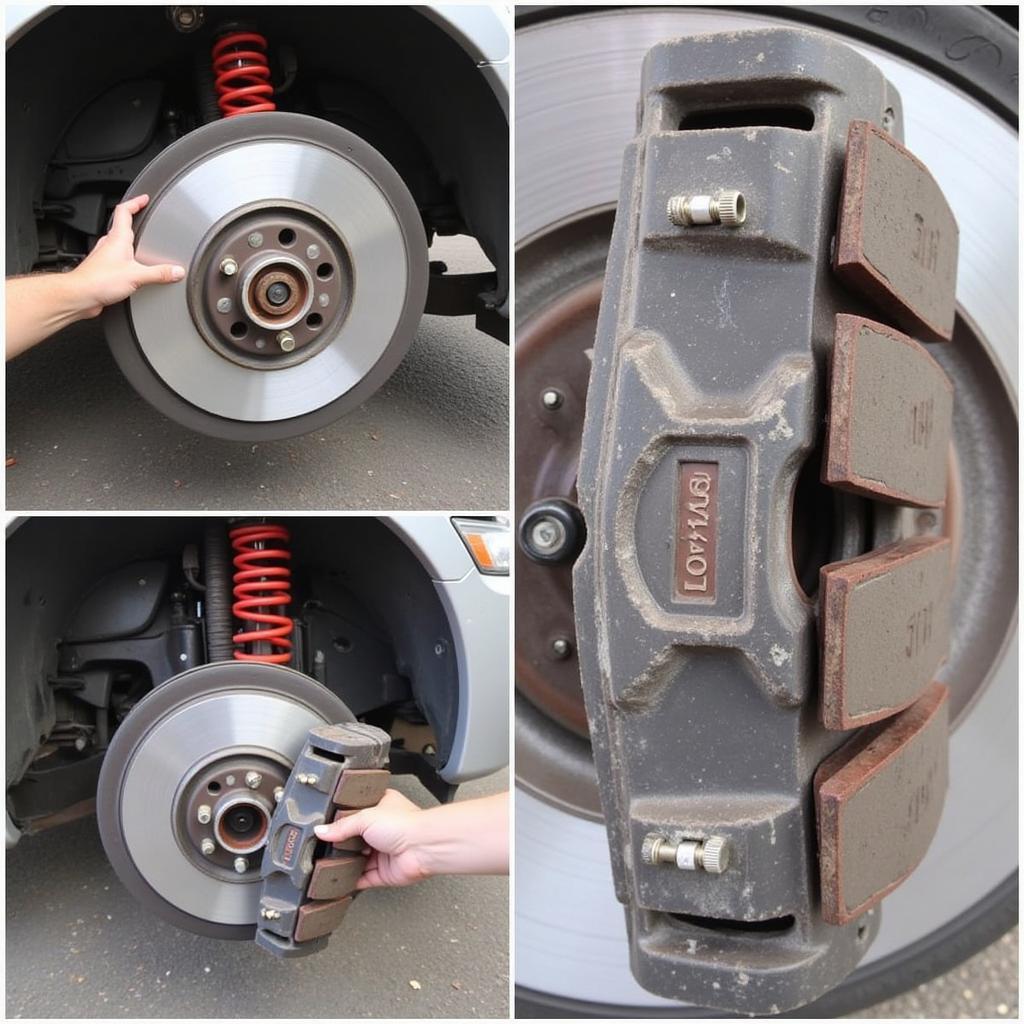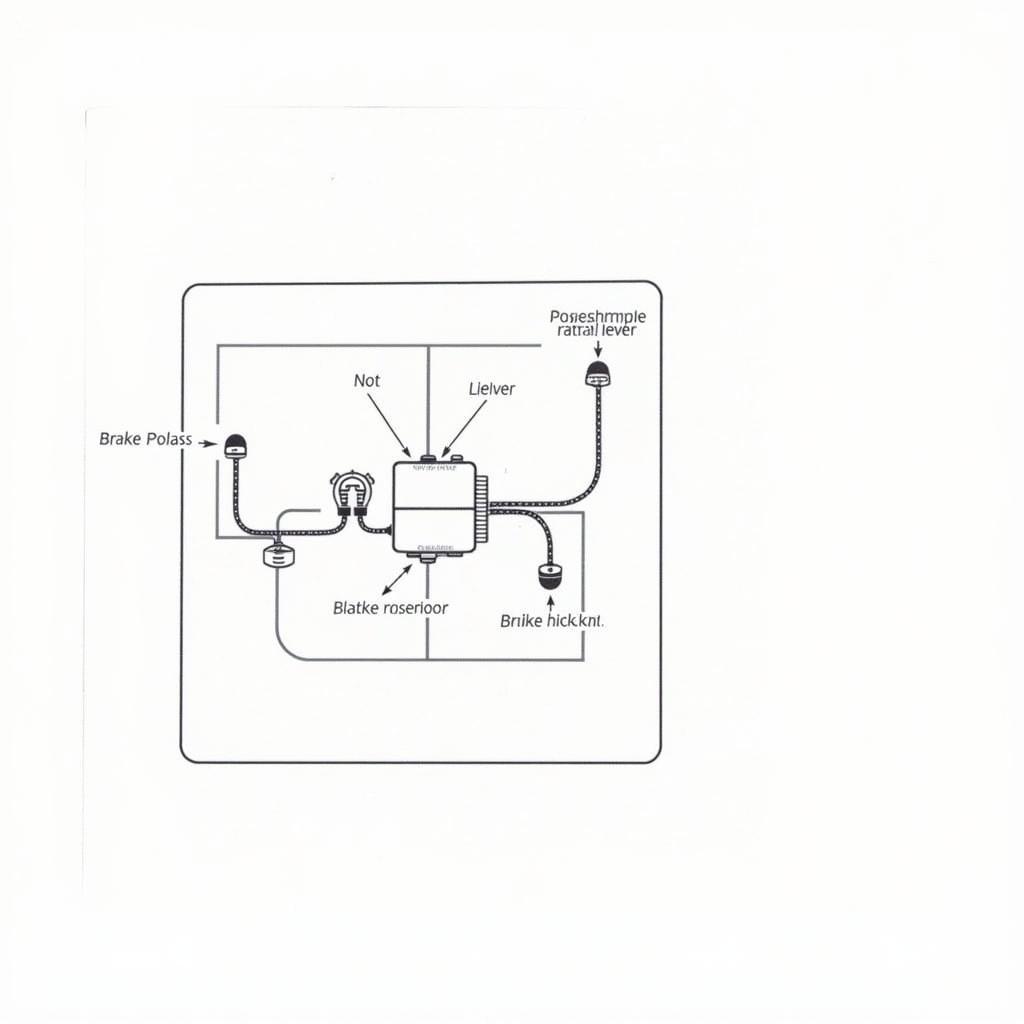A dead car battery is a frustrating experience, especially when you’re in a hurry. If your car keeps dying, it can be a sign of a variety of underlying issues, ranging from a simple loose connection to a more complex electrical problem. This article will guide you through the common causes of a car that keeps dying and offer solutions to help you get back on the road.
Common Reasons Why Your Car Keeps Dying
Several factors can contribute to a car consistently dying. Here’s a breakdown of the most common culprits:
- Bad Battery: The most obvious cause is a failing battery. Over time, batteries lose their ability to hold a charge. This can be due to age, extreme temperatures, or excessive drain from leaving lights or accessories on.
- Faulty Alternator: The alternator recharges the battery while the engine is running. A malfunctioning alternator won’t charge the battery properly, leading to a dead battery and a stalled car.
- Parasitic Drain: Even when the car is off, certain components draw a small amount of power. A parasitic drain occurs when a faulty component or wiring draws excessive power, draining the battery overnight or even within a few hours.
- Bad Starter: The starter motor is responsible for cranking the engine. A bad starter can draw excessive power from the battery, causing it to die, especially if the starter is stuck or failing.
- Corrosion: Corrosion on battery terminals or cables can disrupt the flow of electricity, preventing the battery from charging properly or the starter from receiving enough power.
- Electrical Issues: More complex electrical problems, such as faulty wiring, relays, or fuses, can also cause a car to keep dying. These issues require more advanced diagnostic tools and expertise.
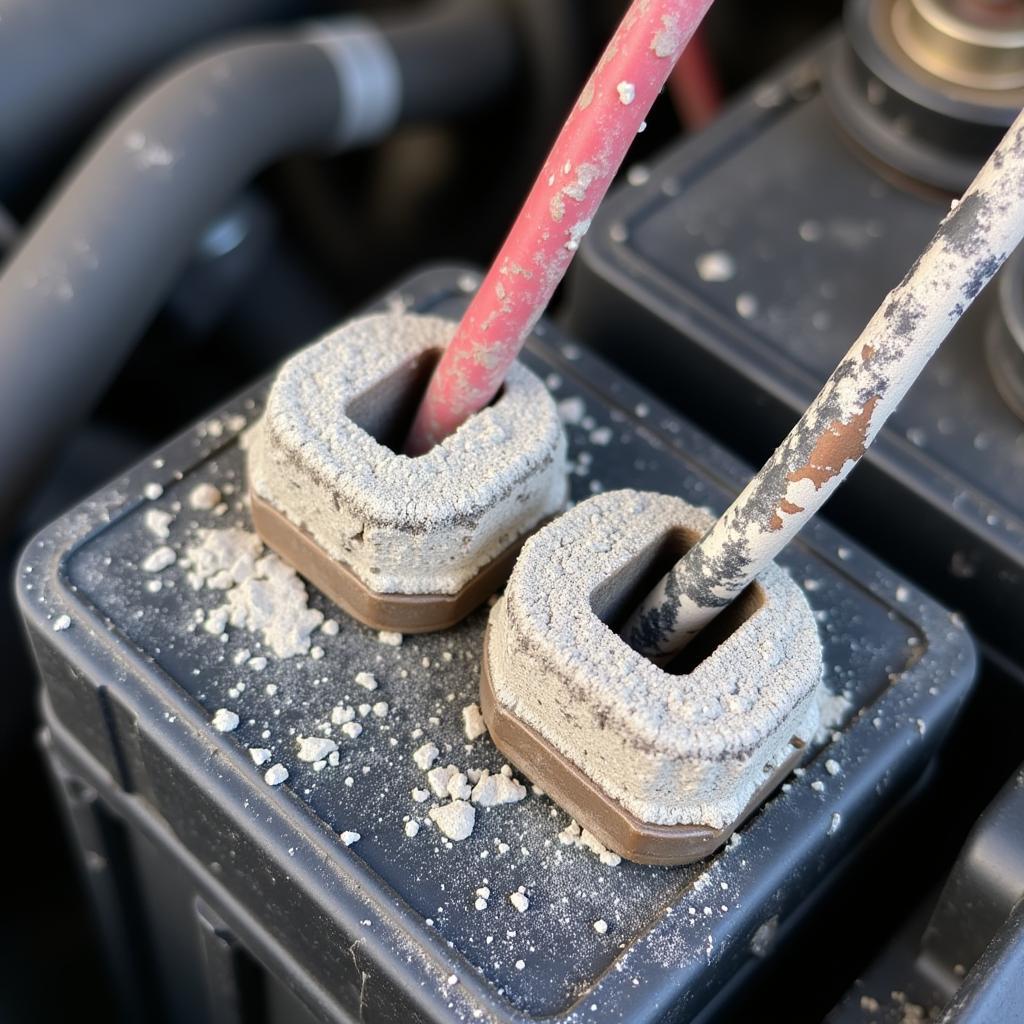 Corroded Car Battery Terminals
Corroded Car Battery Terminals
How to Diagnose a Car That Keeps Dying
Diagnosing the cause of a recurring dead battery can sometimes be tricky. Here’s a step-by-step approach:
- Check the Battery: Start by testing the battery voltage with a multimeter. A healthy battery should read around 12.6 volts. Lower readings indicate a weak or failing battery. Similar to the issues described in car battery is good but keeps dying, a low voltage reading could be a sign of a deeper problem.
- Inspect the Alternator: With the engine running, the alternator should produce a voltage between 13.5 and 14.5 volts. A lower reading suggests a faulty alternator.
- Test for Parasitic Drain: With the engine off and all accessories turned off, use a multimeter to measure the current draw between the negative battery terminal and the negative battery cable. A draw of more than 50 milliamps could indicate a parasitic drain.
- Examine the Starter: Listen for unusual clicking or grinding sounds when starting the car. These sounds can indicate a bad starter. Also, if your car keeps dying new battery, the starter might be the culprit.
- Check for Corrosion: Inspect the battery terminals and cables for any signs of corrosion. Clean any corrosion with a wire brush and baking soda solution.
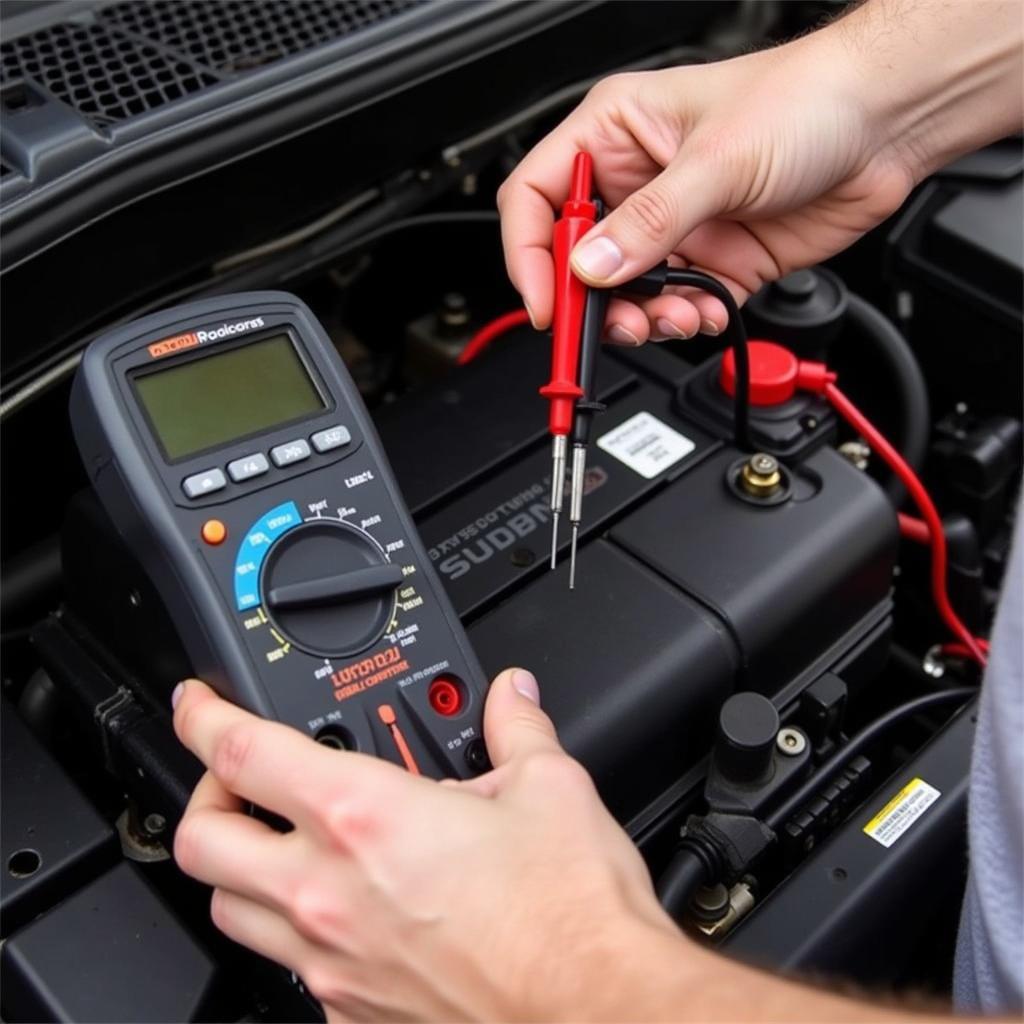 Testing Car Battery with Multimeter
Testing Car Battery with Multimeter
Solutions and Fixes
Once you’ve identified the cause, you can take the appropriate steps to fix the problem:
- Replace the Battery: If the battery is faulty, replace it with a new one that meets the vehicle’s specifications. This is often the easiest fix. If your question aligns with “my battery in my car keeps dying,” then a battery replacement might solve the issue.
- Replace or Repair the Alternator: A faulty alternator needs to be replaced or repaired. This requires some mechanical knowledge or a trip to a mechanic.
- Locate and Fix the Parasitic Drain: Identifying the source of a parasitic drain can be challenging and may require professional help.
- Replace the Starter: A bad starter needs to be replaced.
- Clean or Replace Corroded Terminals: Clean corroded terminals and cables. If they are severely damaged, replace them. Cases of battery corrosion car wont start are often solved by cleaning or replacing the battery terminals.
What if my Chrysler 200 keeps dying?
While the general troubleshooting steps apply, some issues are model-specific. If your chrysler 200 battery keeps dying, there might be known issues related to this specific model. Consulting online forums dedicated to the Chrysler 200 can often provide helpful insights and solutions from other owners who have experienced similar problems.
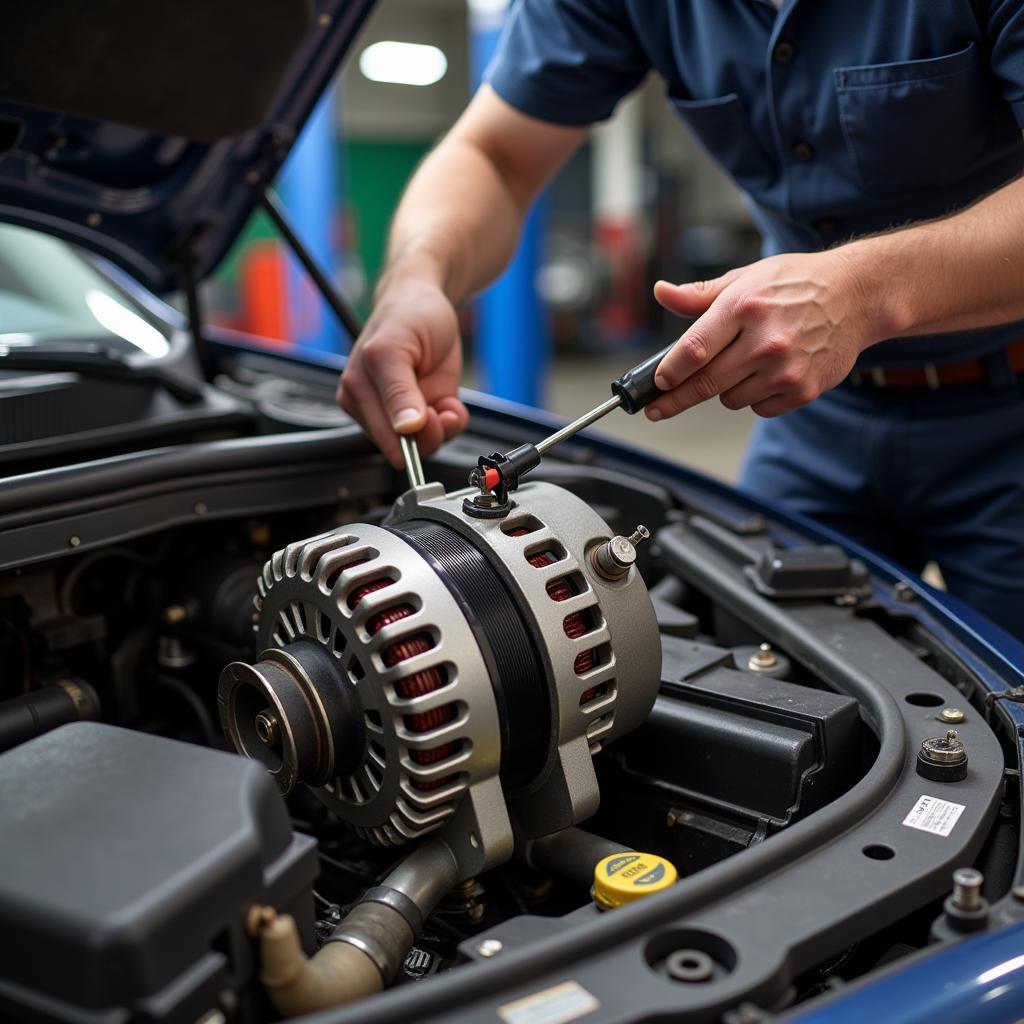 Car Alternator Replacement
Car Alternator Replacement
Conclusion
A car that keeps dying can be a significant inconvenience. By following the steps outlined in this article, you can diagnose the problem and get your car back on the road. Remember, regular maintenance and timely repairs can prevent many of these issues from occurring in the first place. If you’re unsure about any of these steps, consult a qualified mechanic for assistance.
FAQ
- How long should a car battery last? Typically, a car battery lasts between three and five years.
- Can a bad alternator drain a battery? Yes, a bad alternator will not charge the battery properly, eventually leading to a dead battery.
- What are the signs of a bad starter? Signs include clicking noises, grinding sounds, or the engine not cranking at all.
- How can I prevent my car battery from dying? Regularly check and clean battery terminals, ensure the alternator is functioning correctly, and avoid leaving lights or accessories on when the car is off.
- What is a parasitic drain test? It involves measuring the current draw from the battery when the car is off to identify any components drawing excessive power.
- Can I jump-start my car every time it dies? While jump-starting can get you going temporarily, it’s not a long-term solution and can mask the underlying problem.
- When should I seek professional help? If you’re unable to diagnose the problem yourself or are uncomfortable working with car electrical systems, it’s best to consult a qualified mechanic.


